Tifton is a small town of 17,235 residents. It sits on I-75, so it has some traffic from travelers who pass through the town. But other than rush hour, traffic moves fairly smoothly through Tifton, and bicyclists can ride safely.
But bicycle accidents can happen when drivers fail to exercise reasonable caution around bikes. Tift County averages two or three bicycle accidents yearly. Most years, the county has no fatal bike accidents.
Read on to learn about bicycle safety in Tifton and the infrastructure for bicyclists in the area.
Tifton Bicycle Accident Statistics
The Georgia Department of Transportation (GDOT) has a public website to disseminate traffic crash statistics. Its Crash Data Portal (CDP) provides data from Georgia accident reports filed by drivers and police officers.
Tifton only averages two bicycle accidents per year, according to the CDP. The CDP can give multiple years of crash data to get a bigger sample size. Between 2013 and 2021, Tifton had 18 bicycle crashes.
Five of these bicycle crashes were single-vehicle accidents where a bicyclist hit a fixed object. The police produced an accident report for these accidents because:
- The bicyclist was injured
- The bicycle damaged private or public property
- The bicyclist left the scene of the accident
The remaining 13 bike accidents involved a collision between a bicycle and a motor vehicle.
According to the crash portal, male drivers between the ages of 15 and 34 were the most likely to hit a bicyclist. Over 59% of Tifton bike accidents involved a male driver, and 50% of drivers who hit a bicyclist were under 34 years or younger.
Bicyclists were most likely to get hit by passenger cars. Over 72% of collisions between bicycles and automobiles involved passenger cars. One collision involved a semi-truck. The remaining collisions involved SUVs, pickup trucks, and vans.
The most dangerous day of the week for bicyclists in Tifton was Monday. One-third of bicycle accidents happened on that one day of the week.
Most bicycle accidents in Tifton happened during the day. The hours between 2 p.m. and 3 p.m. and the evening rush between 6 p.m. and 8 p.m. were the most dangerous times to ride a bike. Nearly 56% of bike accidents happened during those three hours.
October had, by far, the most bike accidents in Tifton. Five out of Tifton’s 18 bike accidents happened in October. No other month had more than two bike accidents.
Bicycle crashes have held fairly steady for the past five years at two or three crashes per year. The best years, according to the CDP, were 2014, which had no reported bike crashes. The worst year was 2016, when four bike crashes occurred.
Bicycle Injuries and Fatalities in Tifton
Tifton’s bike accidents injured 15 bicyclists. Eight of the 15 injured bicyclists were not wearing helmets. Tifton did not have any bicycle fatalities in the nine years between 2013 and 2021.
Three of the injured bicyclists suffered serious injuries. A serious injury happens when you require an ambulance to transport you to the hospital. Serious injuries include major fractures, major lacerations, and head injuries that render you unconscious.
Five bicyclists suffered minor injuries. These injuries happen when you have a visible injury, like a cut or abrasion, but you do not need transportation to the hospital. Small lacerations, minor fractures, and bruises might get classified as minor injuries.
The remaining bicyclists suffered suspected injuries. Crash reports use the term suspected injury when an accident victim complains of pain, dizziness, or other symptoms without having a visible injury.
Common Causes of Bicycle Accidents in Tifton
According to the CDP, all but three of Tifton’s bike accidents happened at an intersection. During most of these intersection accidents, the car was driving straight and collided with a bicycle that was turning right, turning left, or making a U-turn.
Other causes of these intersection accidents listed by the CDP include:
- Failing to yield the right of way
- Disregarding a stop sign or traffic signal
- Turning improperly
These traffic violations caused six bicycle accidents in Tifton.
Bicyclists were found to have caused 3 of the 13 collisions between bicycles and automobiles. The violations that happened in those three crashes included:
- Following too closely
- Riding on the wrong side of the road
- Passing improperly
Road and weather played only a small role in Tifton bike accidents, according to the CDP. One accident happened during a rainstorm on wet roads. The rest of the accidents happened on clear days with dry roads.
Bicycle Accident Locations in Tifton
According to the CDP, bike crashes in Tifton clustered on three roads:
GA-414/4th Street
Three bike accidents happened on GA-414/4th Street on the west side of town. Two of these accidents happened within a block of each other near Goff Street. The other happened at the intersection with Tift Avenue.
Tift Avenue.
Tift Avenue saw five bike crashes between 2013 and 2021. Four of these crashes happened at or south of GA-414/4th Street.
US-82
The highway had three bike accidents over the period reported by the CDP. Two of these accidents happened in the center of town near the intersections with Commerce Avenue and Tift Avenue. The third happened on the far west side of town.
Tifton Bicycle Infrastructure
Tifton has a bike infrastructure plan in place. This plan calls for three multi-use trails for bicyclists and pedestrians in the Northeast, Downtown/Main Street, and Southwest of the city.
The plan also calls for widening and adding bike lanes to major roads throughout the city, including:
- US-82
- US-41
- US-319
- 8th Street across I-75
- Tift Avenue north of Fulwood Park
These initiatives are intended to make biking in Tifton safer by addressing some of the hotspots for bike accidents.
Bicycling Safely Around Tifton
Tifton has a fairly good record for bicycle safety. If you exercise caution near intersections, avoid riding during the lunch and evening rush hours, and wear a helmet, you can ride safely in Tifton.
For more information, see our benchmarking report and more information on past benchmarking reports.

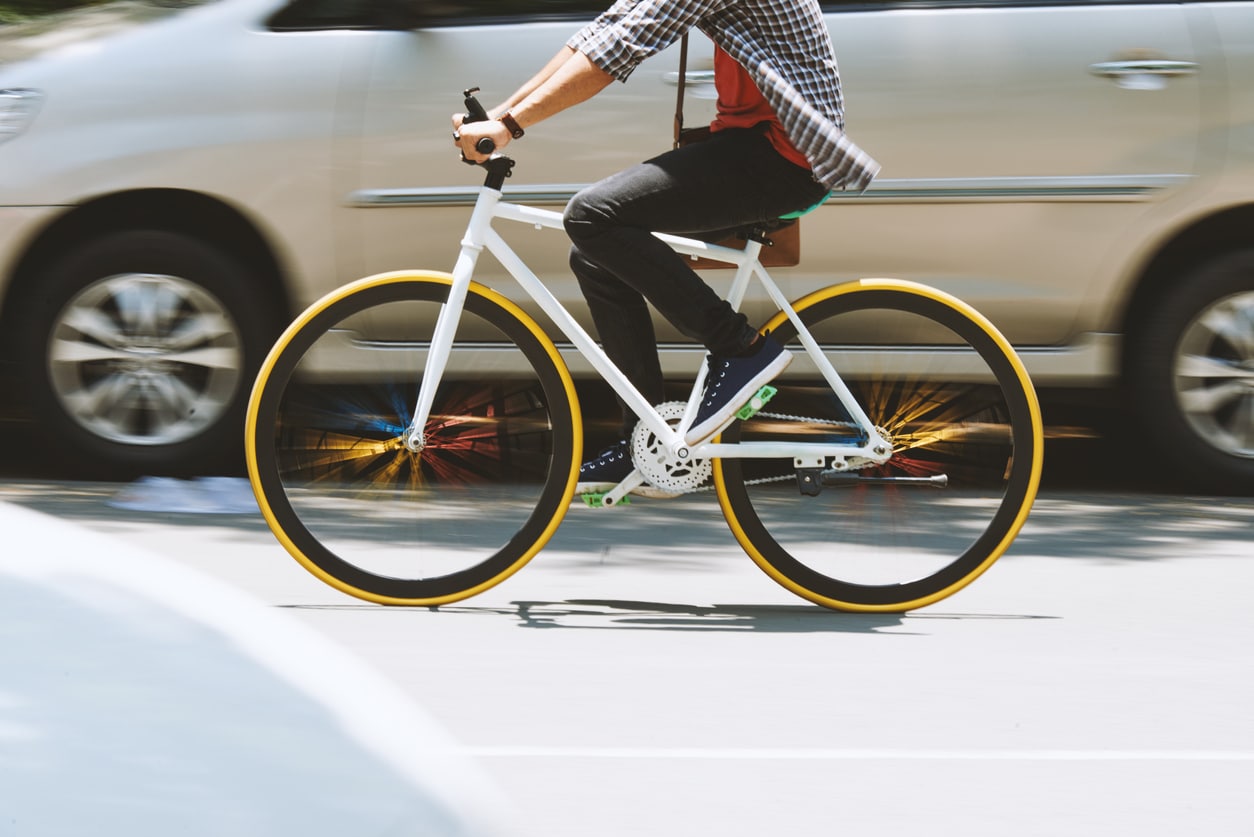
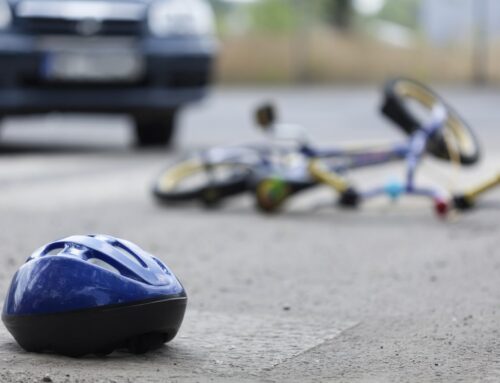
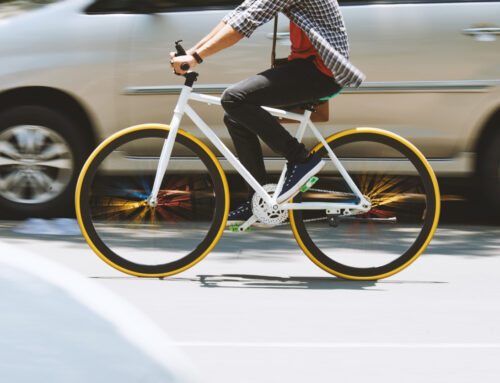
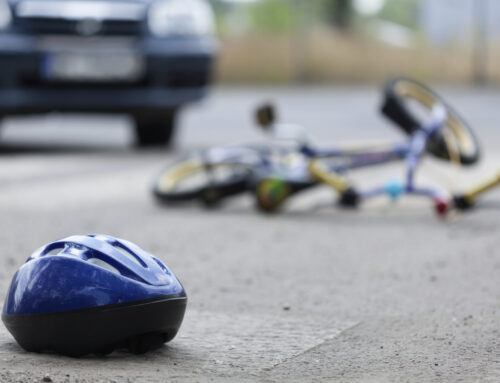
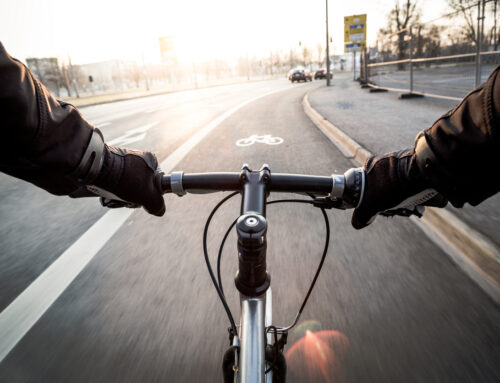
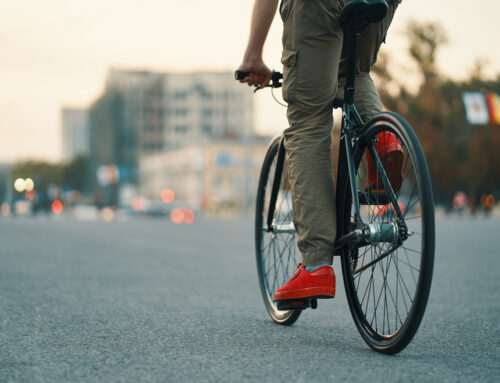
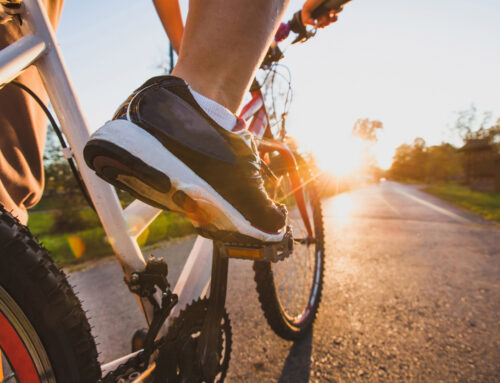
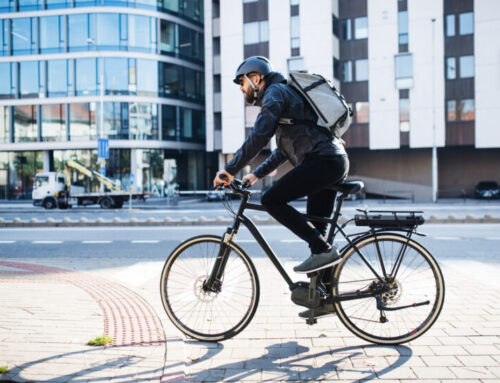
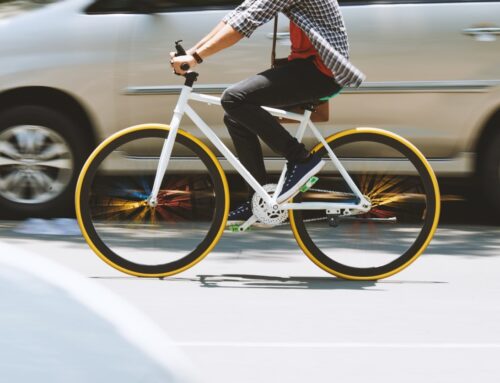
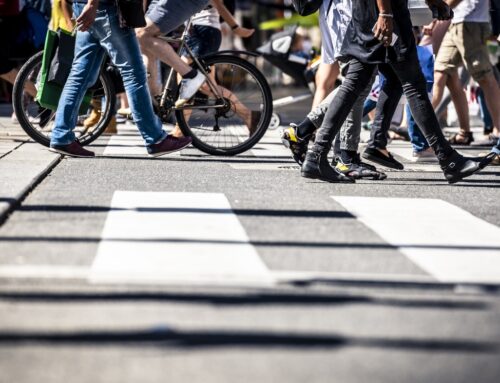
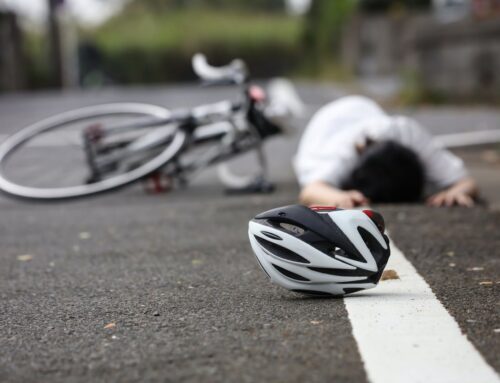
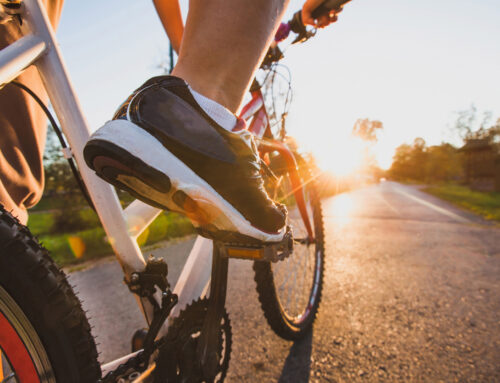
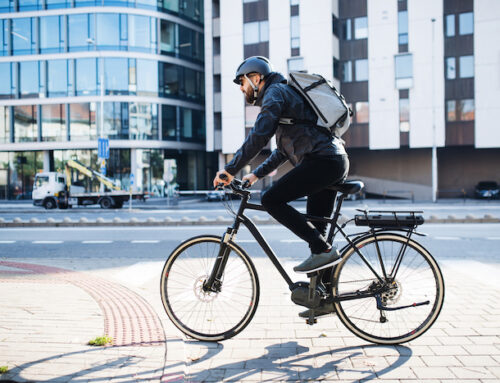
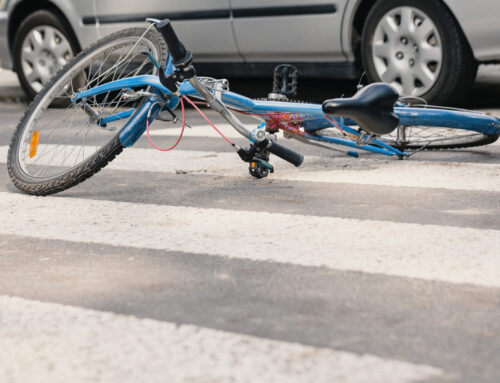
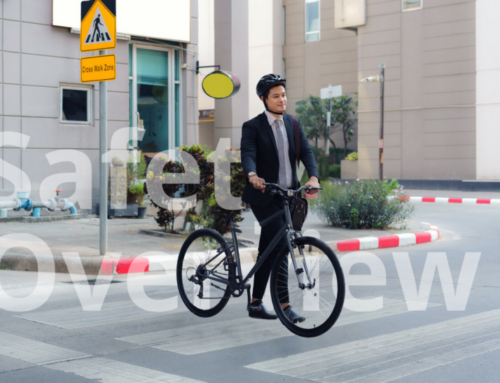
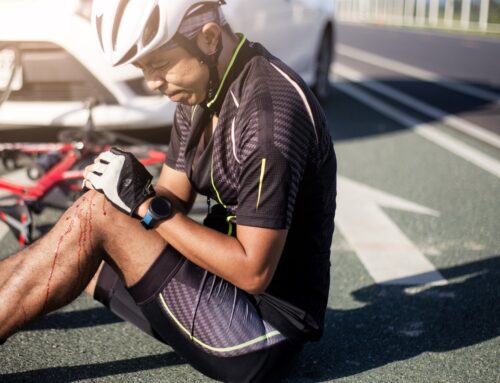

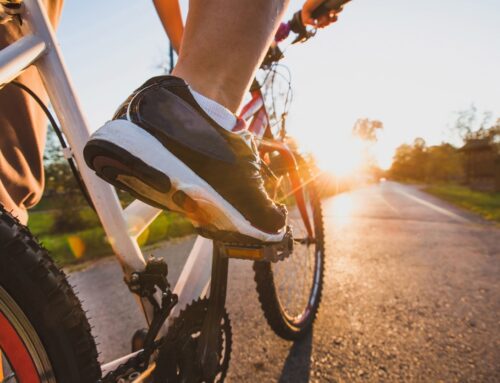
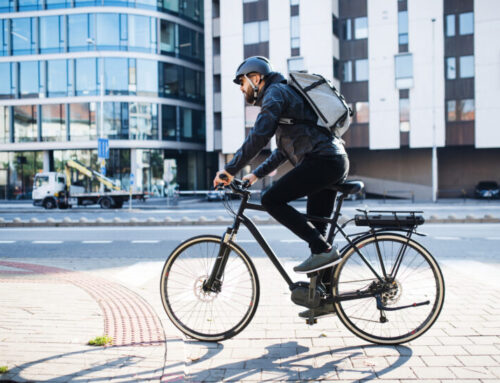
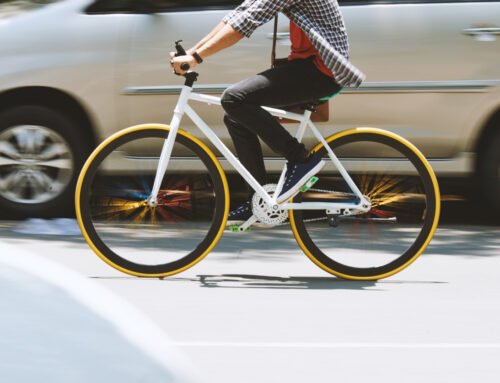
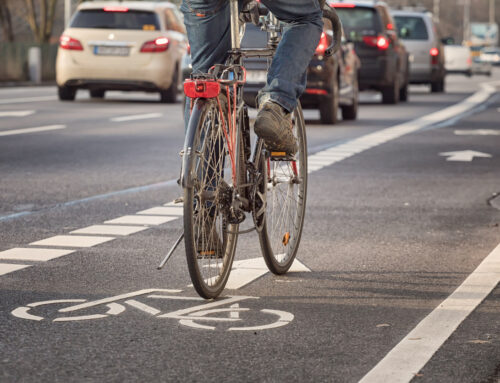
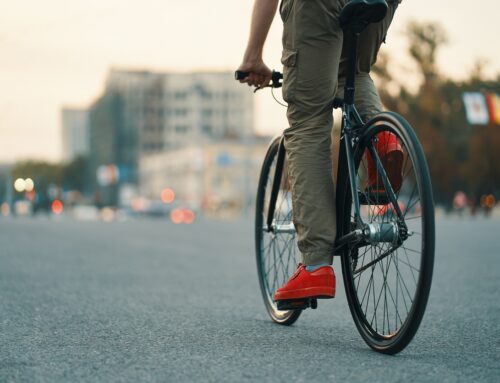

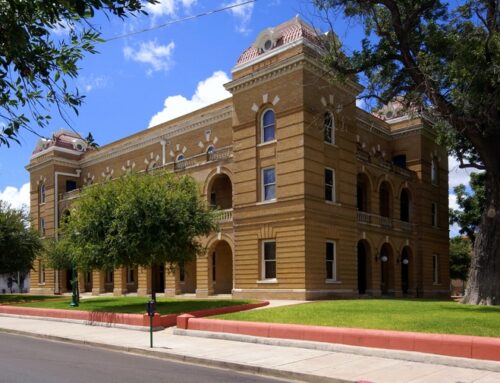
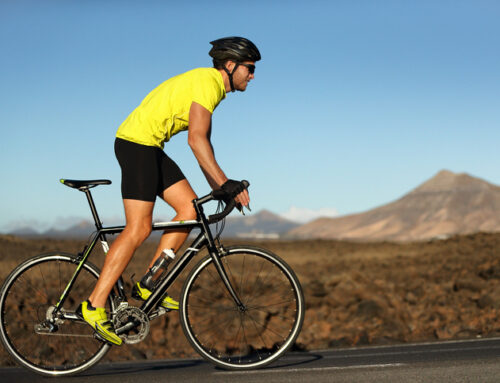
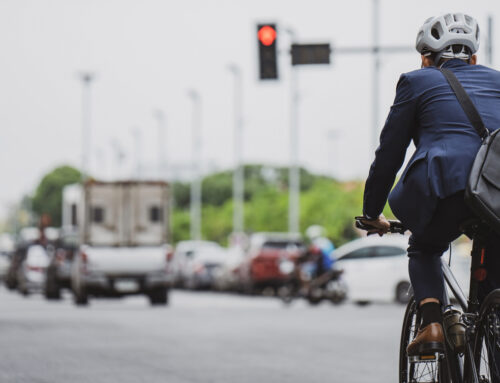
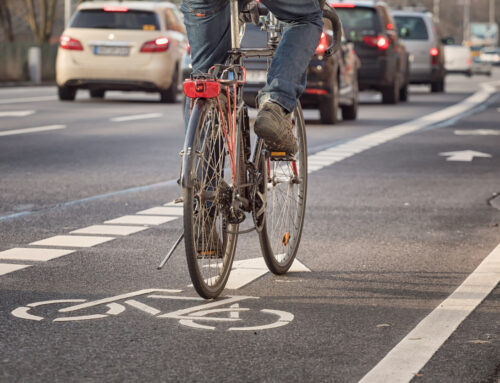
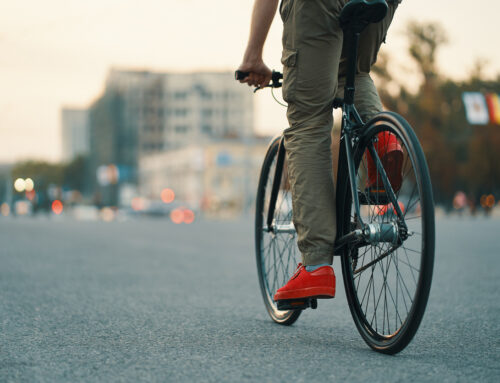
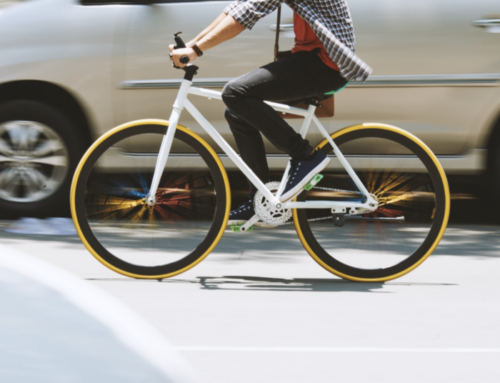

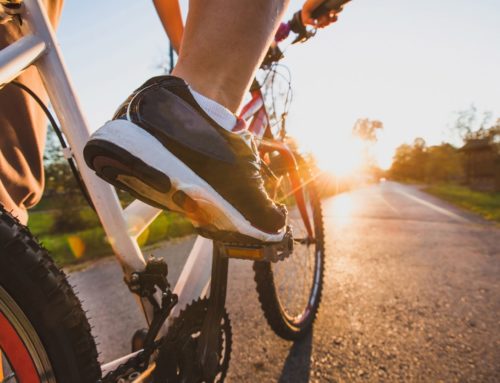
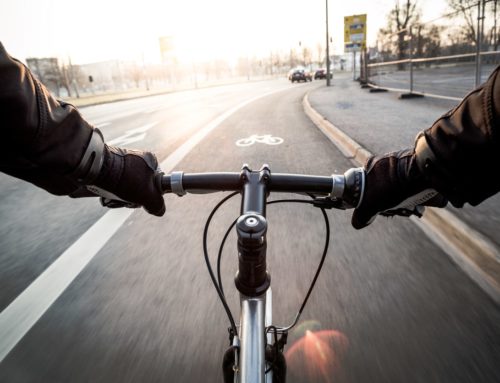
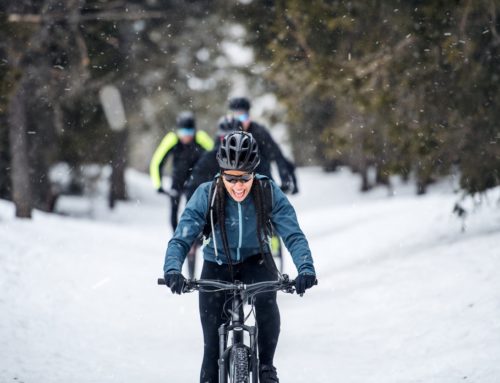
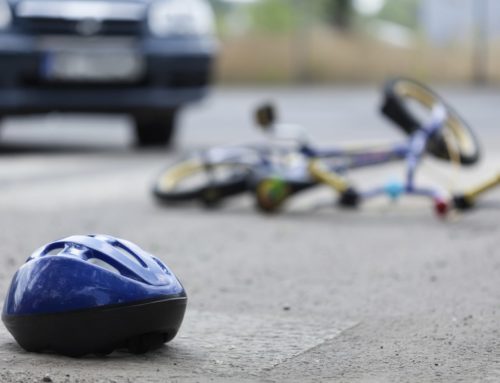
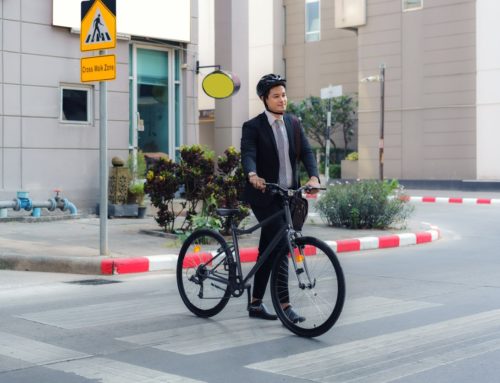
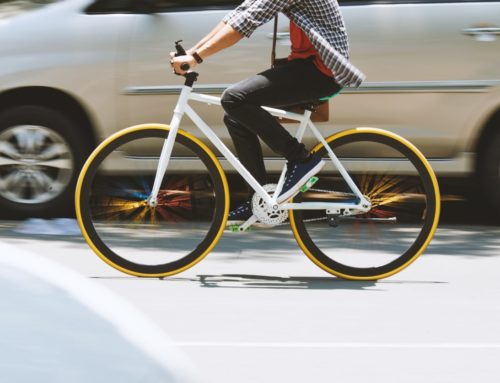
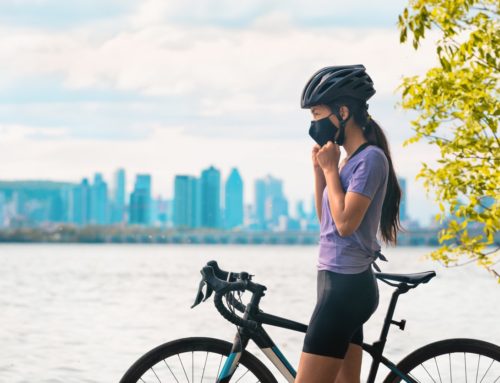

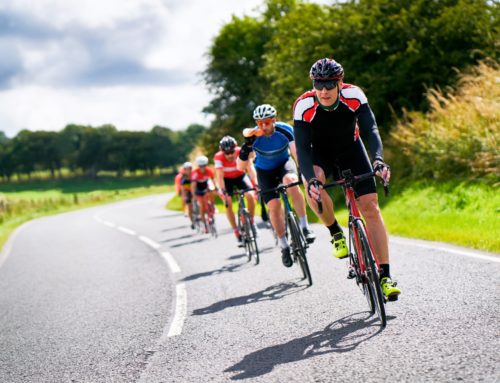
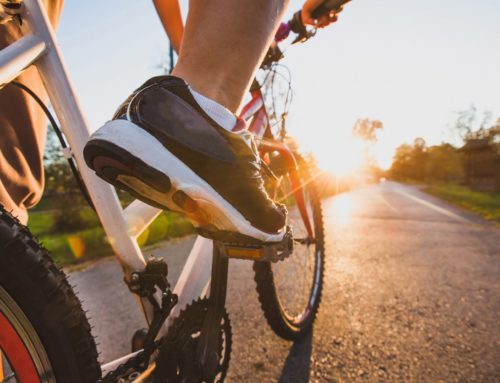
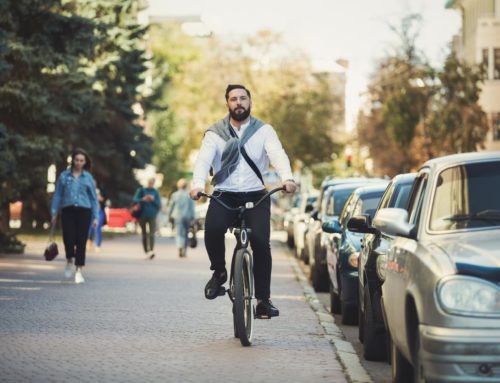
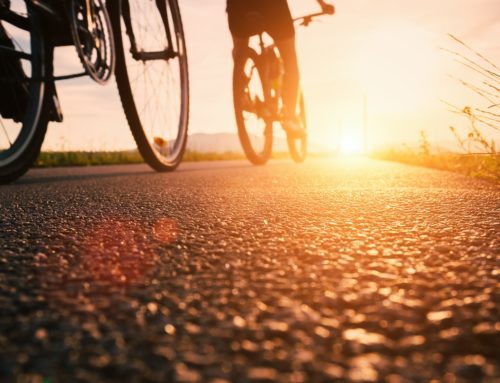
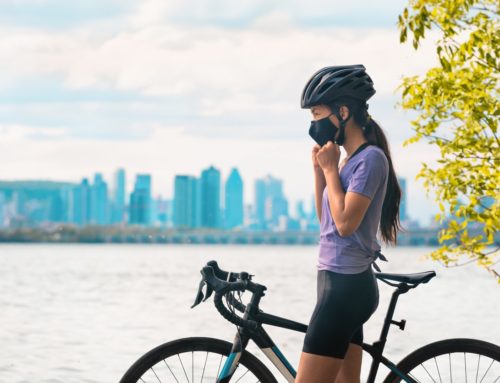
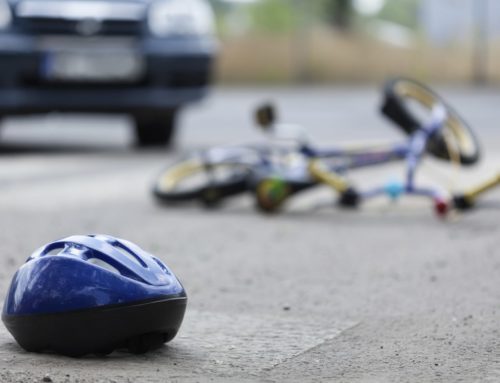
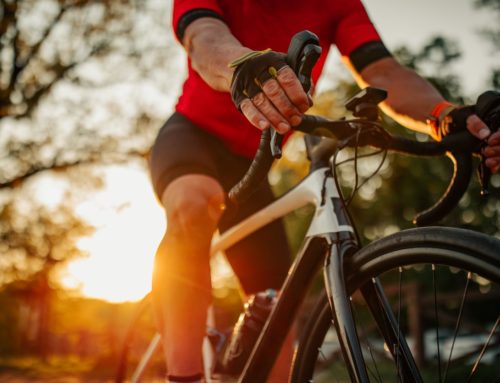
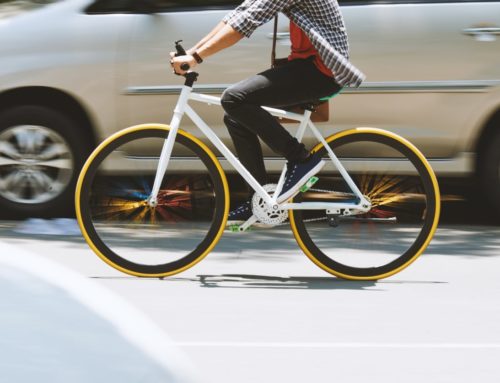
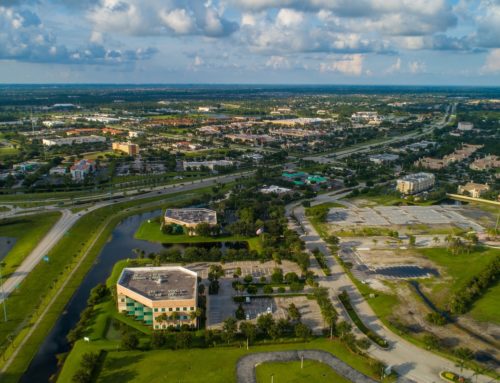
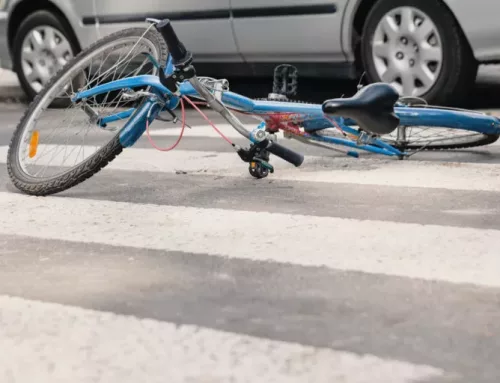

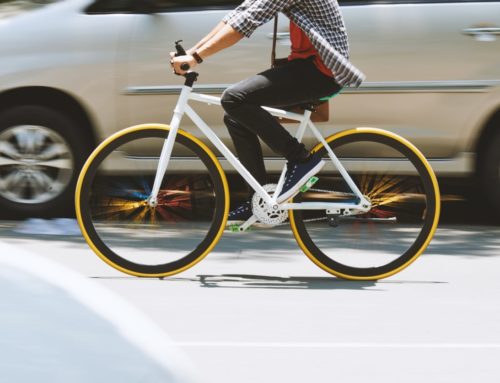
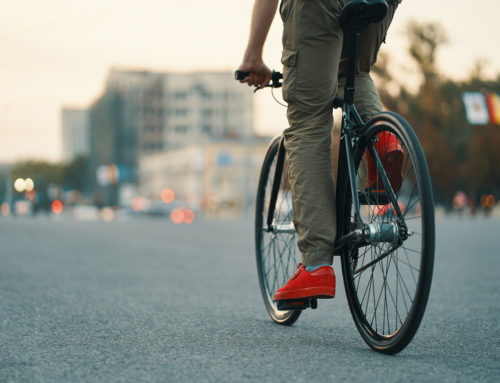
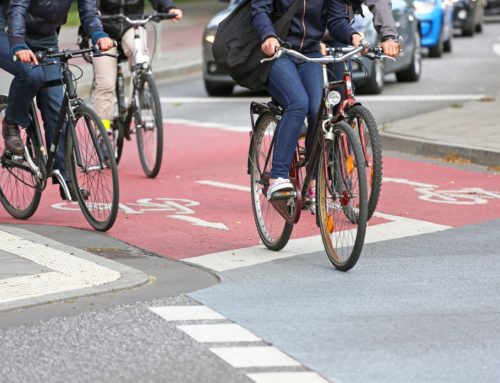
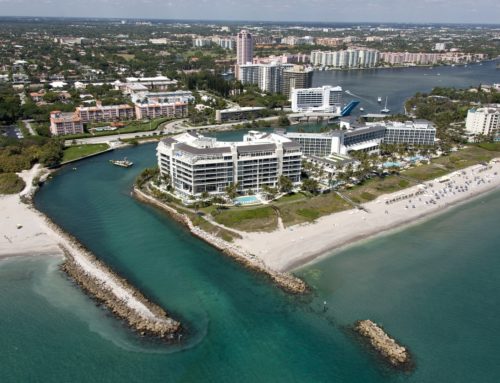
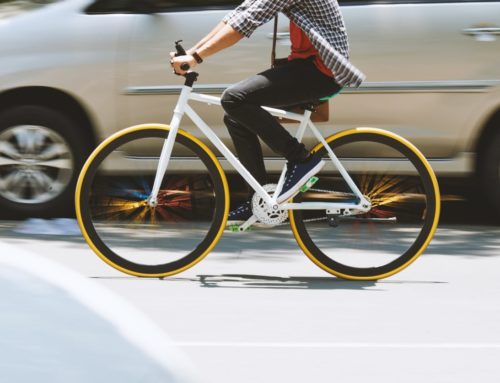
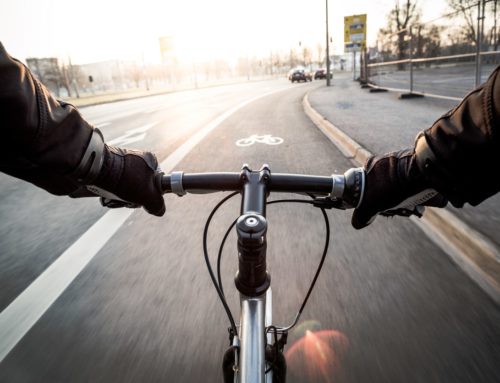

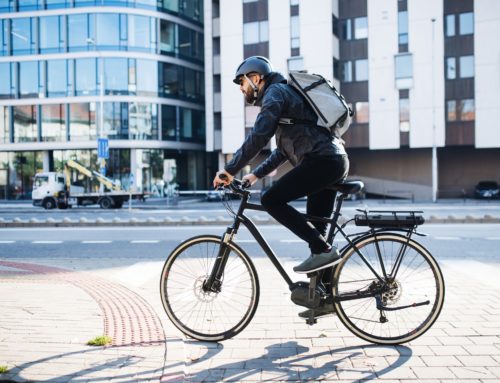
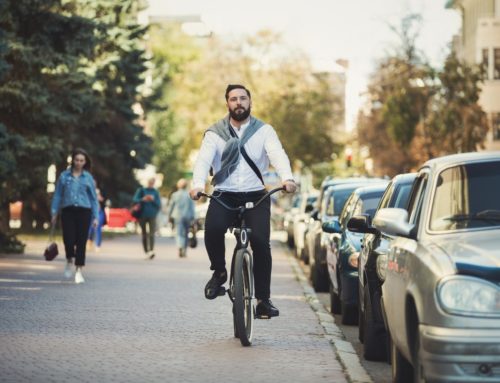

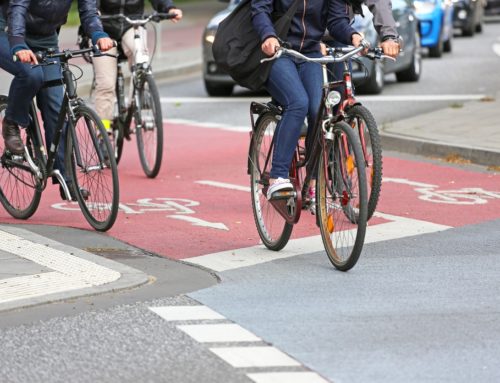
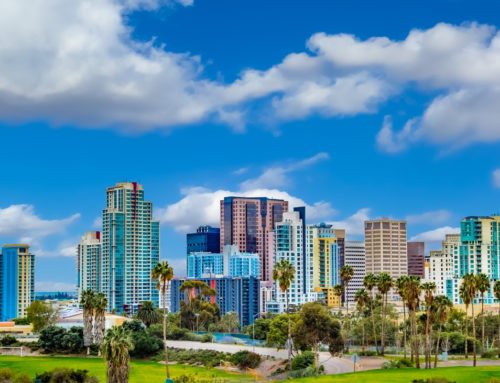
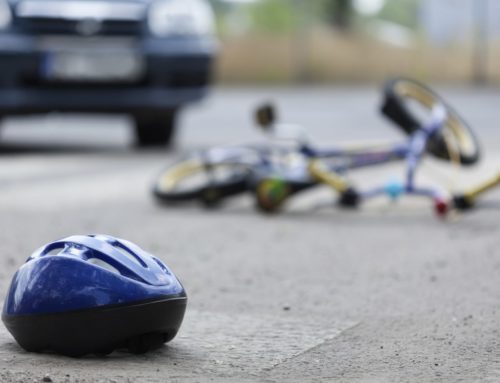
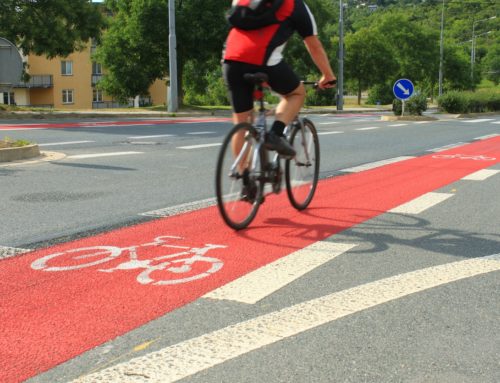


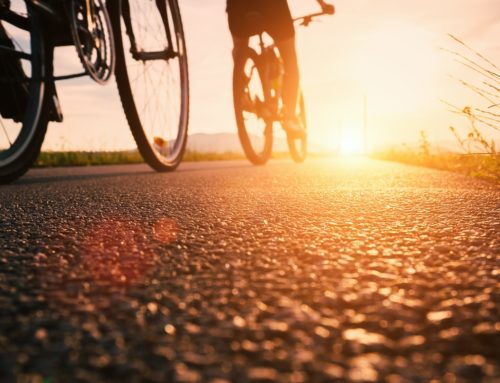
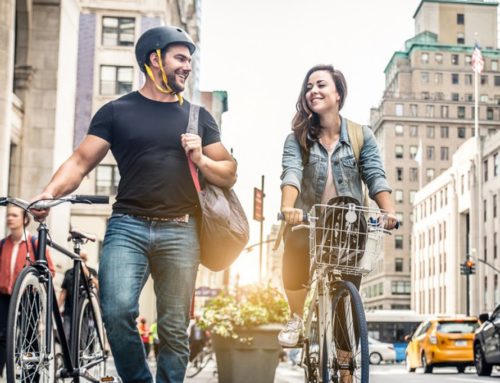
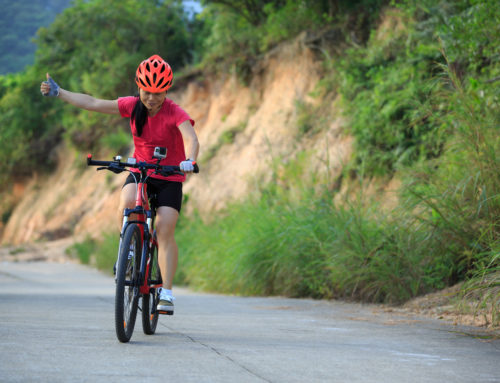
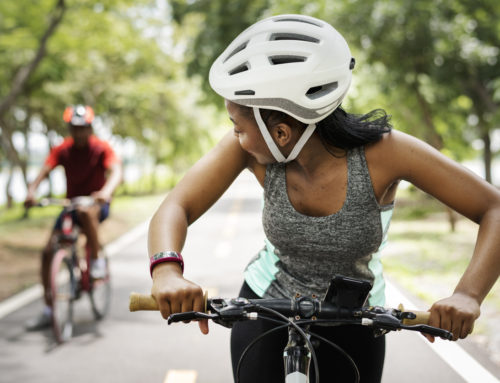
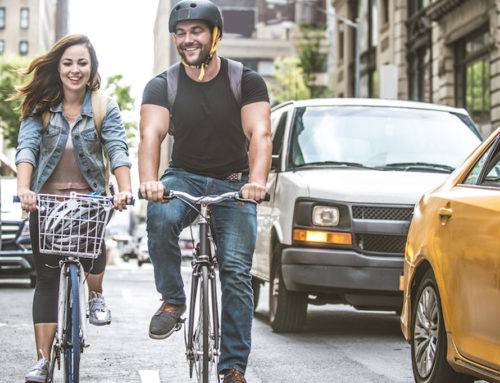
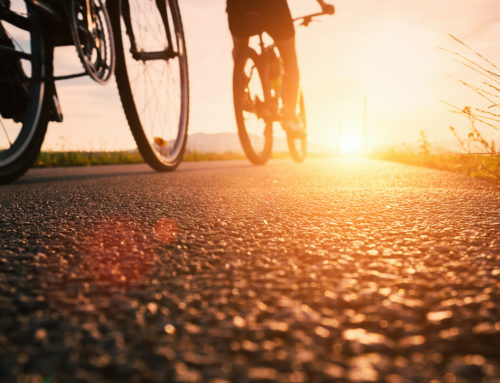

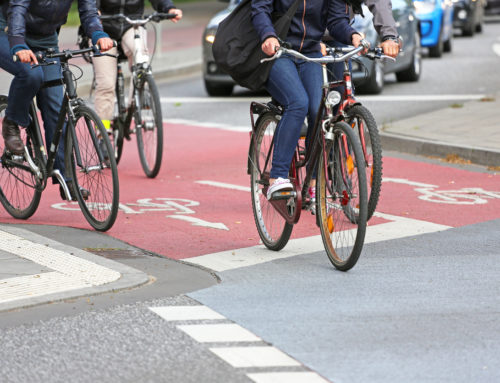
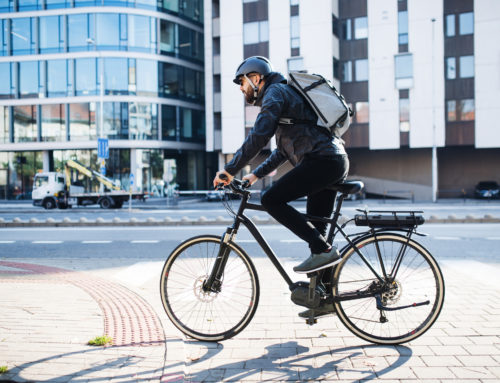
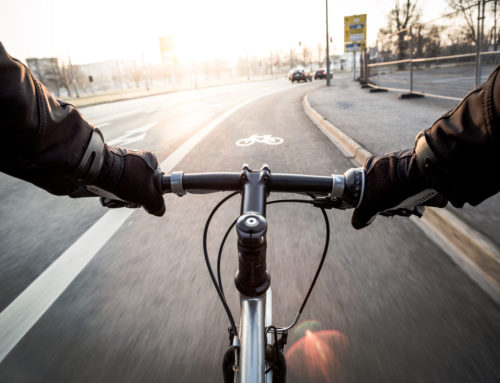

Leave A Comment